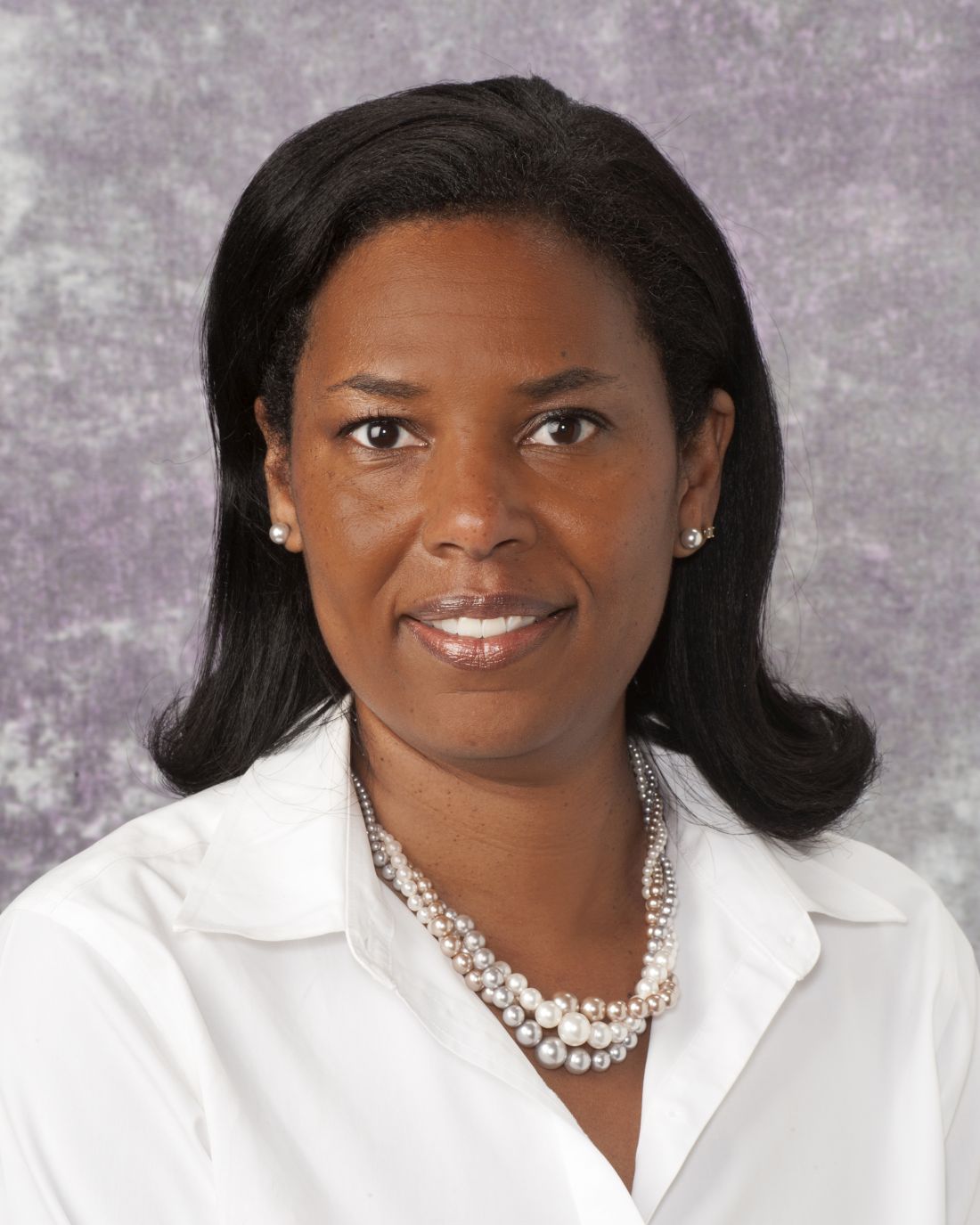User login
An influential US panel may largely reaffirm its current recommendation in favor of screening older women to prevent osteoporotic fractures, while also repeating its call for more research to try to determine whether men would benefit from this kind of routine testing.
The US Preventive Services Task Force (USPSTF) on June 11 released a draft update of its recommendations on osteoporosis screening. The task force will accept comments on the draft through July 8. Federal law gives the USPSTF recommendations extra clout, requiring insurers to cover — without co-pay — services that get top marks “A” or “B” from the task force.
The task force intends to maintain a “B” recommendation on screening of older women, indicating that the evidence gathered to date suggests a moderate net benefit. But the draft includes a shift in the approach to this screening.
The USPSTF proposed saying that it recommends screening for osteoporosis in both women aged 65 years and older and postmenopausal women younger than 65 years who are at an increased risk for an osteoporotic fracture. The current recommendation, finalized in 2018, advises “screening for osteoporosis with bone measurement testing [emphasis added]” for these groups.
The proposed change in language — dropping the phrase “with bone measurement testing” — is intended to expand flexibility for clinicians, Esa Davis, MD, MPH, a member of USPSTF and a professor at the University of Maryland School of Medicine, Baltimore, told this news organization.
“It provides them with more options instead of telling them, ‘You have to do it this way,’ ” Dr. Davis said.
The task force’s draft recommendation is not meant to apply to people with secondary osteoporosis due to an underlying medical condition such as cancer, metabolic bone diseases or hyperthyroidism, or chronic use of a medication associated with bone loss.
Rajesh K. Jain, MD, who was not involved with the USPSTF work, read the draft recommendations at the request of this news organization. In an email, he said he generally agreed with the decision to largely stick to the 2018 recommendations for women.
He also noted that there’s still a lack of a clear direction for physicians about assessing osteoporosis risk in men. But multiple randomized control trials of osteoporosis drugs seem to suggest these medicines work for both sexes, said Dr. Jain, who is the endocrinology fellowship program director at University of Chicago Medicine, Chicago.
The USPSTF draft also would reiterate the current “I” grade about screening men for osteoporosis.
An “I” grade means the task force found the current body of available evidence is insufficient to assess the balance of benefits and harms of screening for osteoporosis to prevent osteoporotic fractures in men.
“Since there is no recommendation right now, it would have seemed sensible to include a recommendation to screen men with prior fracture or other risk factors for osteoporosis, much like they do for younger women,” Dr. Jain said.
Insufficient Evidence
The USPSTF’s “I” grade is different from a “D” grade, which is what the task force uses to recommend against the use of a service.
A “D” grade means the USPSTF says there is moderate or high certainty that the service has no net benefit or that the harms outweigh the benefits. (The USPSTF makes it easy to search online for grades given to preventive services, including those that got a “D.”)
The USPSTF is calling for more studies on the benefits and harms of screening for osteoporosis to prevent fractures and related morbidity and mortality in men.
“Men do get osteoporosis,” Dr. Davis said. “But unfortunately, the evidence isn’t there” to allow USPSTF to make a recommendation on screening approaches.
“Any man who has concerns about bone health should certainly talk to his clinician and figure out what is the best form of screening” he might want to do, she said.
There’s been a growing interest in the question of whether to screen men for osteoporosis and bone health. For example, Osteoporosis Canada last year updated a guideline to emphasize the need to assess older patients of both sexes for the risk for fractures. But the Canadian Task Force on Preventive Health Care in 2023 came to a conclusion in line with the USPSTF draft.
The Canadian task force recommended against routine screening in men, while adding that clinicians should be alert to changes in health that may indicate the patient has experienced or is at a higher risk for fragility fracture.
Risk Factors, Concerns About Tests
The USPSTF said that risk factors associated with fragility fractures are similar in men and women. These include:
- Increasing age
- Low body mass index
- Excessive alcohol intake
- Current smoking
- Chronic corticosteroid use
- History of prior fractures, falls within the past year, cerebrovascular accident, and diabetes
- Hypogonadism
The process of updating the USPSTF recommendations can serve as a chance to expand public awareness about osteoporosis, as many men may not know to raise the question of their fracture risk during medical appointments, Dr. Davis said.
“Clinicians need to be aware of the risk factors and to be able to have conversations with men,” she said.
Dr. Davis also cautioned about the need to be aware of limitations with clinical risk assessment tools. In the draft recommendation statement, the USPSTF noted that some tools and approaches may be less likely to identify Black, Hispanic, and Asian people as high risk, and subsequently, clinicians may be less likely to offer treatment to them compared with White people of the same age, bone mineral density, and clinical risk profile.
Dr. Davis had no relevant financial relationships. Dr. Jain received research funding from the Amgen Foundation.
A version of this article appeared on Medscape.com.
An influential US panel may largely reaffirm its current recommendation in favor of screening older women to prevent osteoporotic fractures, while also repeating its call for more research to try to determine whether men would benefit from this kind of routine testing.
The US Preventive Services Task Force (USPSTF) on June 11 released a draft update of its recommendations on osteoporosis screening. The task force will accept comments on the draft through July 8. Federal law gives the USPSTF recommendations extra clout, requiring insurers to cover — without co-pay — services that get top marks “A” or “B” from the task force.
The task force intends to maintain a “B” recommendation on screening of older women, indicating that the evidence gathered to date suggests a moderate net benefit. But the draft includes a shift in the approach to this screening.
The USPSTF proposed saying that it recommends screening for osteoporosis in both women aged 65 years and older and postmenopausal women younger than 65 years who are at an increased risk for an osteoporotic fracture. The current recommendation, finalized in 2018, advises “screening for osteoporosis with bone measurement testing [emphasis added]” for these groups.
The proposed change in language — dropping the phrase “with bone measurement testing” — is intended to expand flexibility for clinicians, Esa Davis, MD, MPH, a member of USPSTF and a professor at the University of Maryland School of Medicine, Baltimore, told this news organization.
“It provides them with more options instead of telling them, ‘You have to do it this way,’ ” Dr. Davis said.
The task force’s draft recommendation is not meant to apply to people with secondary osteoporosis due to an underlying medical condition such as cancer, metabolic bone diseases or hyperthyroidism, or chronic use of a medication associated with bone loss.
Rajesh K. Jain, MD, who was not involved with the USPSTF work, read the draft recommendations at the request of this news organization. In an email, he said he generally agreed with the decision to largely stick to the 2018 recommendations for women.
He also noted that there’s still a lack of a clear direction for physicians about assessing osteoporosis risk in men. But multiple randomized control trials of osteoporosis drugs seem to suggest these medicines work for both sexes, said Dr. Jain, who is the endocrinology fellowship program director at University of Chicago Medicine, Chicago.
The USPSTF draft also would reiterate the current “I” grade about screening men for osteoporosis.
An “I” grade means the task force found the current body of available evidence is insufficient to assess the balance of benefits and harms of screening for osteoporosis to prevent osteoporotic fractures in men.
“Since there is no recommendation right now, it would have seemed sensible to include a recommendation to screen men with prior fracture or other risk factors for osteoporosis, much like they do for younger women,” Dr. Jain said.
Insufficient Evidence
The USPSTF’s “I” grade is different from a “D” grade, which is what the task force uses to recommend against the use of a service.
A “D” grade means the USPSTF says there is moderate or high certainty that the service has no net benefit or that the harms outweigh the benefits. (The USPSTF makes it easy to search online for grades given to preventive services, including those that got a “D.”)
The USPSTF is calling for more studies on the benefits and harms of screening for osteoporosis to prevent fractures and related morbidity and mortality in men.
“Men do get osteoporosis,” Dr. Davis said. “But unfortunately, the evidence isn’t there” to allow USPSTF to make a recommendation on screening approaches.
“Any man who has concerns about bone health should certainly talk to his clinician and figure out what is the best form of screening” he might want to do, she said.
There’s been a growing interest in the question of whether to screen men for osteoporosis and bone health. For example, Osteoporosis Canada last year updated a guideline to emphasize the need to assess older patients of both sexes for the risk for fractures. But the Canadian Task Force on Preventive Health Care in 2023 came to a conclusion in line with the USPSTF draft.
The Canadian task force recommended against routine screening in men, while adding that clinicians should be alert to changes in health that may indicate the patient has experienced or is at a higher risk for fragility fracture.
Risk Factors, Concerns About Tests
The USPSTF said that risk factors associated with fragility fractures are similar in men and women. These include:
- Increasing age
- Low body mass index
- Excessive alcohol intake
- Current smoking
- Chronic corticosteroid use
- History of prior fractures, falls within the past year, cerebrovascular accident, and diabetes
- Hypogonadism
The process of updating the USPSTF recommendations can serve as a chance to expand public awareness about osteoporosis, as many men may not know to raise the question of their fracture risk during medical appointments, Dr. Davis said.
“Clinicians need to be aware of the risk factors and to be able to have conversations with men,” she said.
Dr. Davis also cautioned about the need to be aware of limitations with clinical risk assessment tools. In the draft recommendation statement, the USPSTF noted that some tools and approaches may be less likely to identify Black, Hispanic, and Asian people as high risk, and subsequently, clinicians may be less likely to offer treatment to them compared with White people of the same age, bone mineral density, and clinical risk profile.
Dr. Davis had no relevant financial relationships. Dr. Jain received research funding from the Amgen Foundation.
A version of this article appeared on Medscape.com.
An influential US panel may largely reaffirm its current recommendation in favor of screening older women to prevent osteoporotic fractures, while also repeating its call for more research to try to determine whether men would benefit from this kind of routine testing.
The US Preventive Services Task Force (USPSTF) on June 11 released a draft update of its recommendations on osteoporosis screening. The task force will accept comments on the draft through July 8. Federal law gives the USPSTF recommendations extra clout, requiring insurers to cover — without co-pay — services that get top marks “A” or “B” from the task force.
The task force intends to maintain a “B” recommendation on screening of older women, indicating that the evidence gathered to date suggests a moderate net benefit. But the draft includes a shift in the approach to this screening.
The USPSTF proposed saying that it recommends screening for osteoporosis in both women aged 65 years and older and postmenopausal women younger than 65 years who are at an increased risk for an osteoporotic fracture. The current recommendation, finalized in 2018, advises “screening for osteoporosis with bone measurement testing [emphasis added]” for these groups.
The proposed change in language — dropping the phrase “with bone measurement testing” — is intended to expand flexibility for clinicians, Esa Davis, MD, MPH, a member of USPSTF and a professor at the University of Maryland School of Medicine, Baltimore, told this news organization.
“It provides them with more options instead of telling them, ‘You have to do it this way,’ ” Dr. Davis said.
The task force’s draft recommendation is not meant to apply to people with secondary osteoporosis due to an underlying medical condition such as cancer, metabolic bone diseases or hyperthyroidism, or chronic use of a medication associated with bone loss.
Rajesh K. Jain, MD, who was not involved with the USPSTF work, read the draft recommendations at the request of this news organization. In an email, he said he generally agreed with the decision to largely stick to the 2018 recommendations for women.
He also noted that there’s still a lack of a clear direction for physicians about assessing osteoporosis risk in men. But multiple randomized control trials of osteoporosis drugs seem to suggest these medicines work for both sexes, said Dr. Jain, who is the endocrinology fellowship program director at University of Chicago Medicine, Chicago.
The USPSTF draft also would reiterate the current “I” grade about screening men for osteoporosis.
An “I” grade means the task force found the current body of available evidence is insufficient to assess the balance of benefits and harms of screening for osteoporosis to prevent osteoporotic fractures in men.
“Since there is no recommendation right now, it would have seemed sensible to include a recommendation to screen men with prior fracture or other risk factors for osteoporosis, much like they do for younger women,” Dr. Jain said.
Insufficient Evidence
The USPSTF’s “I” grade is different from a “D” grade, which is what the task force uses to recommend against the use of a service.
A “D” grade means the USPSTF says there is moderate or high certainty that the service has no net benefit or that the harms outweigh the benefits. (The USPSTF makes it easy to search online for grades given to preventive services, including those that got a “D.”)
The USPSTF is calling for more studies on the benefits and harms of screening for osteoporosis to prevent fractures and related morbidity and mortality in men.
“Men do get osteoporosis,” Dr. Davis said. “But unfortunately, the evidence isn’t there” to allow USPSTF to make a recommendation on screening approaches.
“Any man who has concerns about bone health should certainly talk to his clinician and figure out what is the best form of screening” he might want to do, she said.
There’s been a growing interest in the question of whether to screen men for osteoporosis and bone health. For example, Osteoporosis Canada last year updated a guideline to emphasize the need to assess older patients of both sexes for the risk for fractures. But the Canadian Task Force on Preventive Health Care in 2023 came to a conclusion in line with the USPSTF draft.
The Canadian task force recommended against routine screening in men, while adding that clinicians should be alert to changes in health that may indicate the patient has experienced or is at a higher risk for fragility fracture.
Risk Factors, Concerns About Tests
The USPSTF said that risk factors associated with fragility fractures are similar in men and women. These include:
- Increasing age
- Low body mass index
- Excessive alcohol intake
- Current smoking
- Chronic corticosteroid use
- History of prior fractures, falls within the past year, cerebrovascular accident, and diabetes
- Hypogonadism
The process of updating the USPSTF recommendations can serve as a chance to expand public awareness about osteoporosis, as many men may not know to raise the question of their fracture risk during medical appointments, Dr. Davis said.
“Clinicians need to be aware of the risk factors and to be able to have conversations with men,” she said.
Dr. Davis also cautioned about the need to be aware of limitations with clinical risk assessment tools. In the draft recommendation statement, the USPSTF noted that some tools and approaches may be less likely to identify Black, Hispanic, and Asian people as high risk, and subsequently, clinicians may be less likely to offer treatment to them compared with White people of the same age, bone mineral density, and clinical risk profile.
Dr. Davis had no relevant financial relationships. Dr. Jain received research funding from the Amgen Foundation.
A version of this article appeared on Medscape.com.


